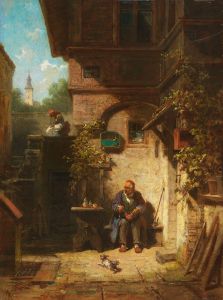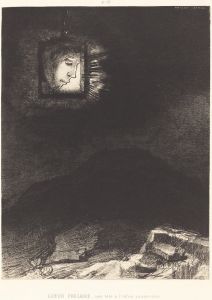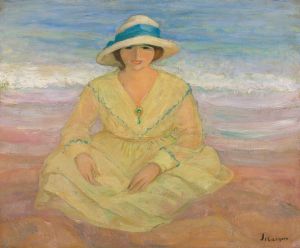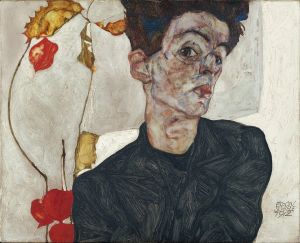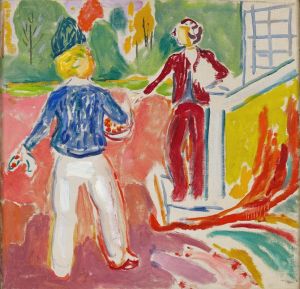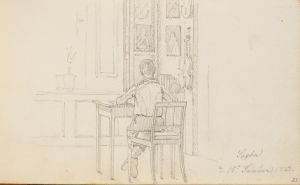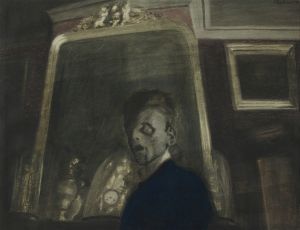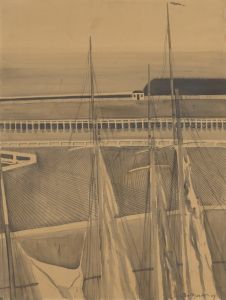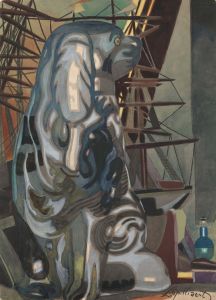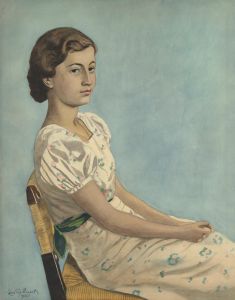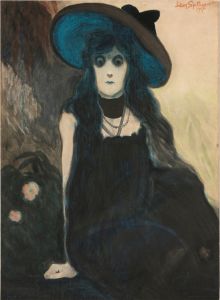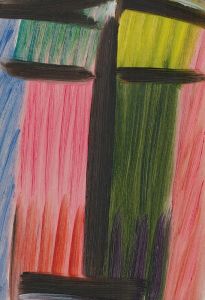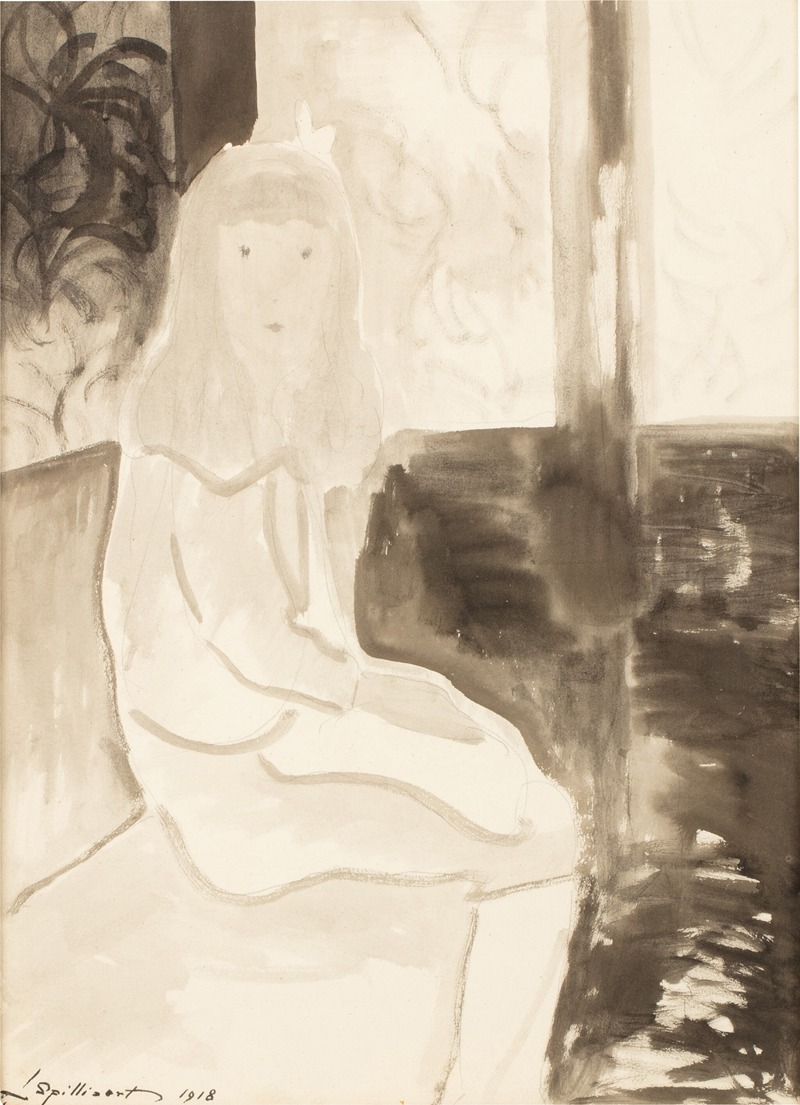
Jeune fille assise
A hand-painted replica of Léon Spilliaert’s masterpiece Jeune fille assise, meticulously crafted by professional artists to capture the true essence of the original. Each piece is created with museum-quality canvas and rare mineral pigments, carefully painted by experienced artists with delicate brushstrokes and rich, layered colors to perfectly recreate the texture of the original artwork. Unlike machine-printed reproductions, this hand-painted version brings the painting to life, infused with the artist’s emotions and skill in every stroke. Whether for personal collection or home decoration, it instantly elevates the artistic atmosphere of any space.
Léon Spilliaert's "Jeune fille assise" is a notable work by the Belgian symbolist painter, known for his unique style that often combines elements of symbolism and expressionism. Spilliaert, born in Ostend, Belgium, in 1881, is recognized for his introspective and often somber works that frequently explore themes of solitude and existential contemplation. His works are characterized by their use of stark contrasts, muted colors, and a haunting atmosphere, which are evident in "Jeune fille assise."
"Jeune fille assise," which translates to "Seated Young Girl," is a compelling example of Spilliaert's ability to convey mood and emotion through minimalistic yet powerful imagery. The painting typically features a young girl seated in a contemplative pose, often depicted with an introspective or melancholic expression. Spilliaert's use of line and shadow in this work is particularly striking, as it emphasizes the solitude and introspection of the subject. The background is usually sparse, drawing the viewer's attention to the figure and her emotional state.
Spilliaert's work often reflects his own introspective nature and his fascination with the human psyche. "Jeune fille assise" is no exception, as it captures a moment of quiet reflection, inviting viewers to ponder the thoughts and emotions of the young girl. The painting's simplicity is deceptive, as it conveys a depth of feeling and a sense of mystery that is characteristic of Spilliaert's oeuvre.
The artist's choice of medium also plays a significant role in the impact of "Jeune fille assise." Spilliaert frequently worked with watercolor, gouache, and ink, which allowed him to create works with a distinctive fluidity and transparency. These mediums contribute to the ethereal quality of the painting, enhancing the sense of introspection and solitude.
Léon Spilliaert's works, including "Jeune fille assise," are often associated with the broader symbolist movement, which sought to express the emotional and spiritual experiences of the human condition. However, Spilliaert's approach is uniquely personal, often reflecting his own existential concerns and his interest in the inner workings of the mind. His works are less about depicting reality and more about evoking a mood or feeling, a quality that is evident in the contemplative nature of "Jeune fille assise."
Throughout his career, Spilliaert remained somewhat of an outsider in the art world, working independently and developing a style that was distinctly his own. Despite this, his works have gained recognition for their emotional depth and technical skill. "Jeune fille assise" exemplifies Spilliaert's ability to capture the complexities of human emotion with subtlety and nuance.
Today, Léon Spilliaert's works, including "Jeune fille assise," are held in high regard and can be found in various museums and private collections. They continue to be studied and appreciated for their unique contribution to early 20th-century art and their exploration of the human condition. Spilliaert's legacy as a master of mood and introspection endures, with "Jeune fille assise" standing as a testament to his skill and vision as an artist.





